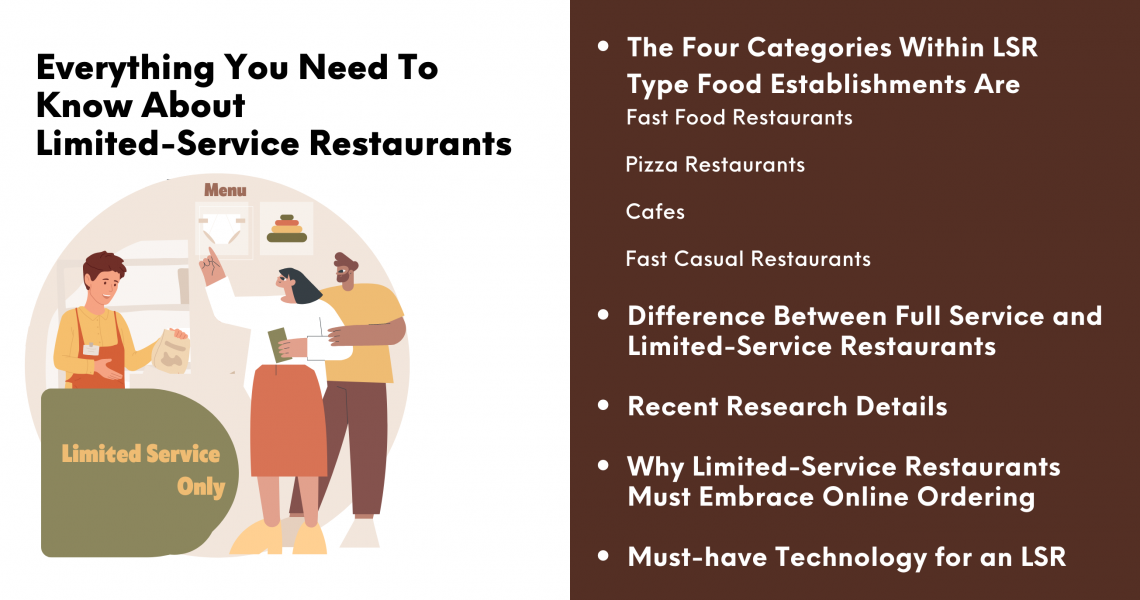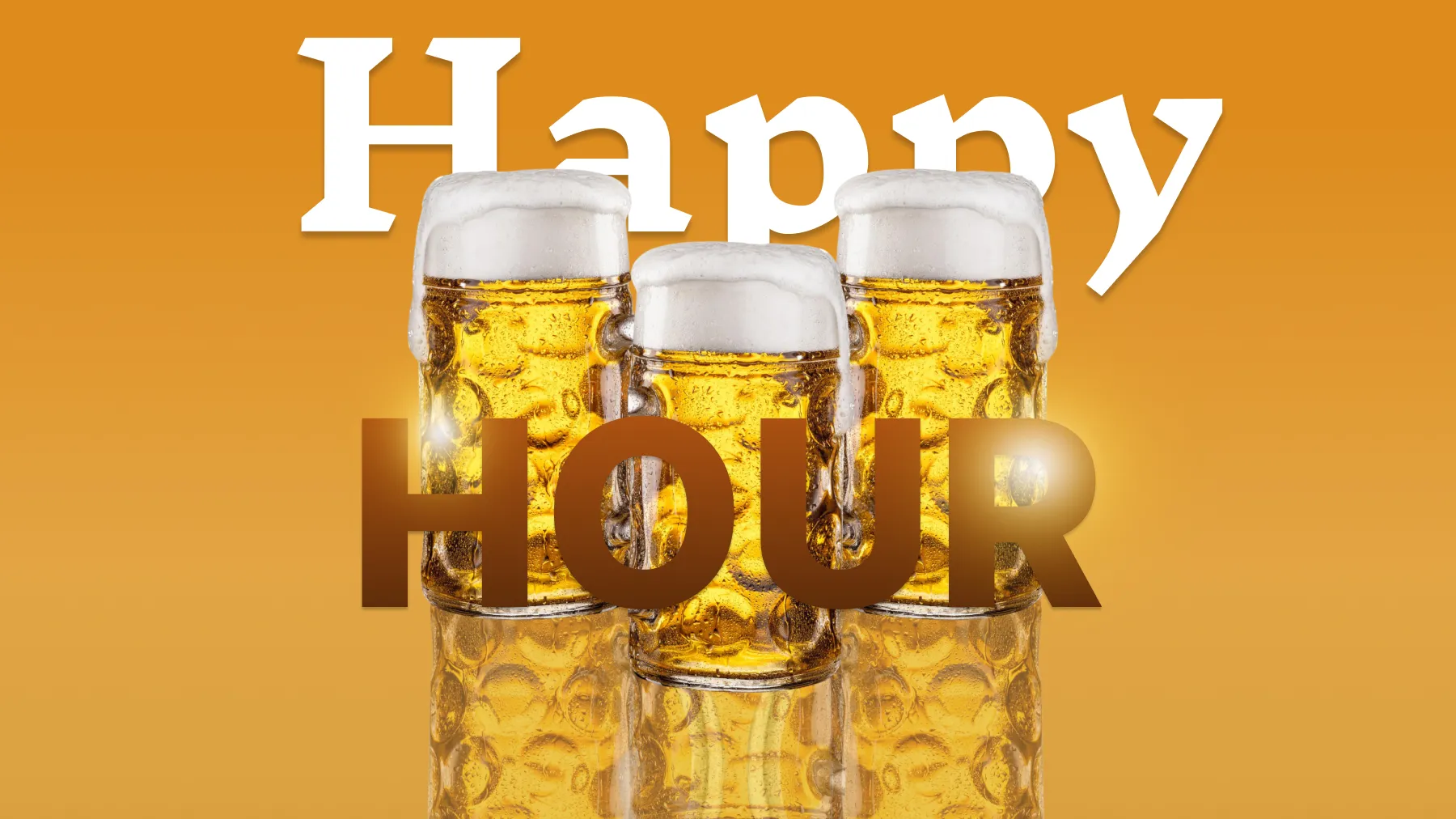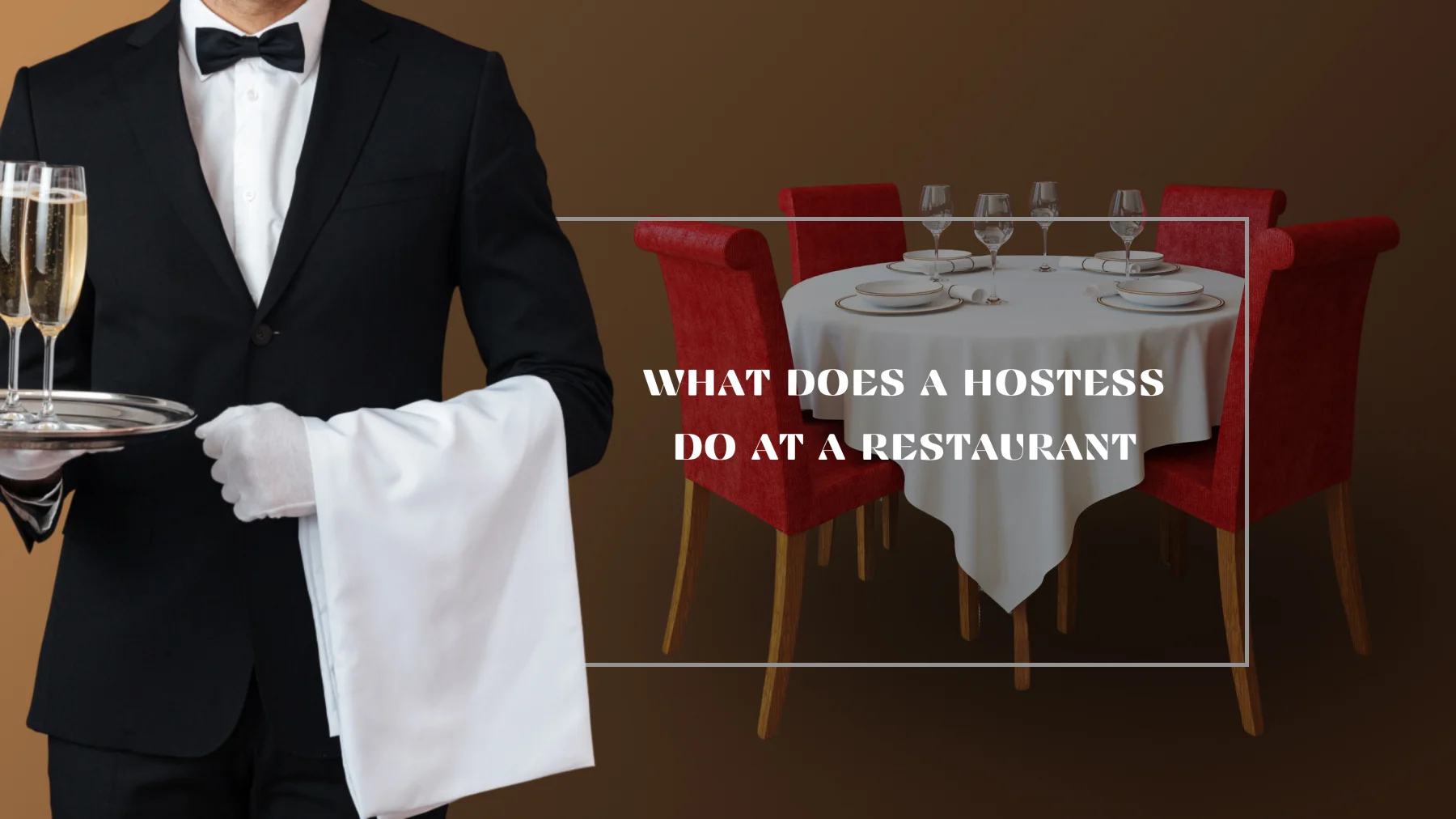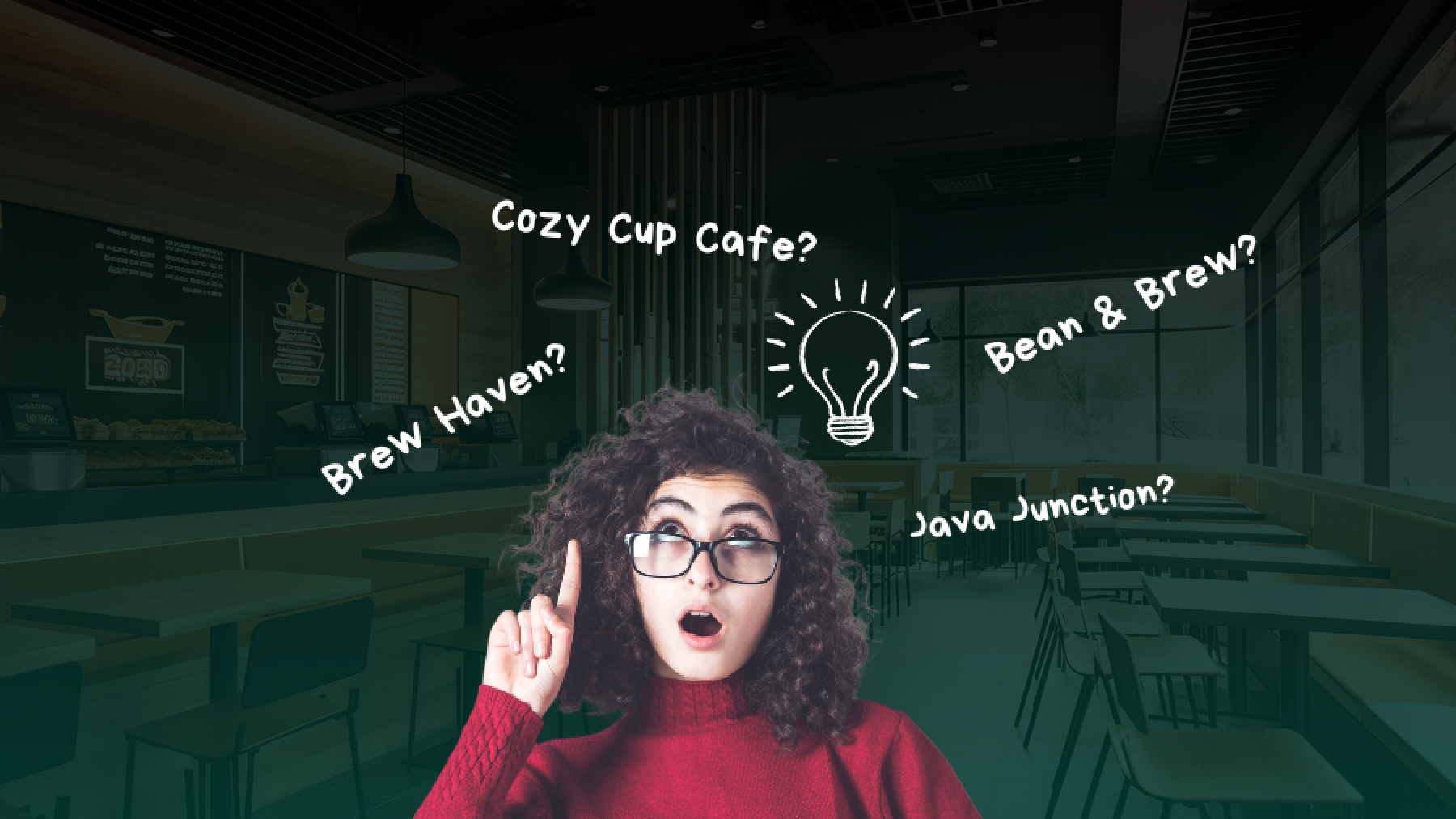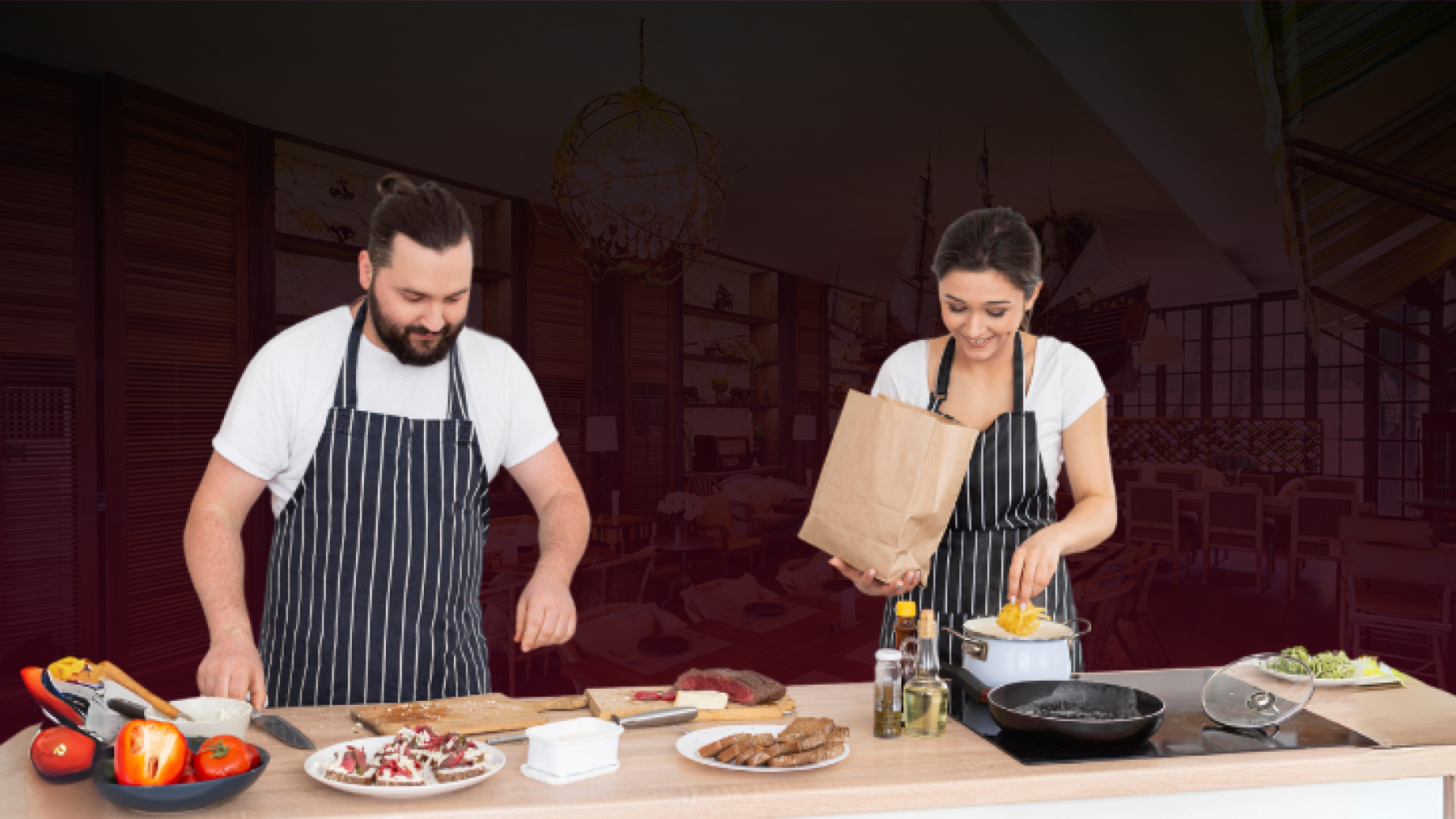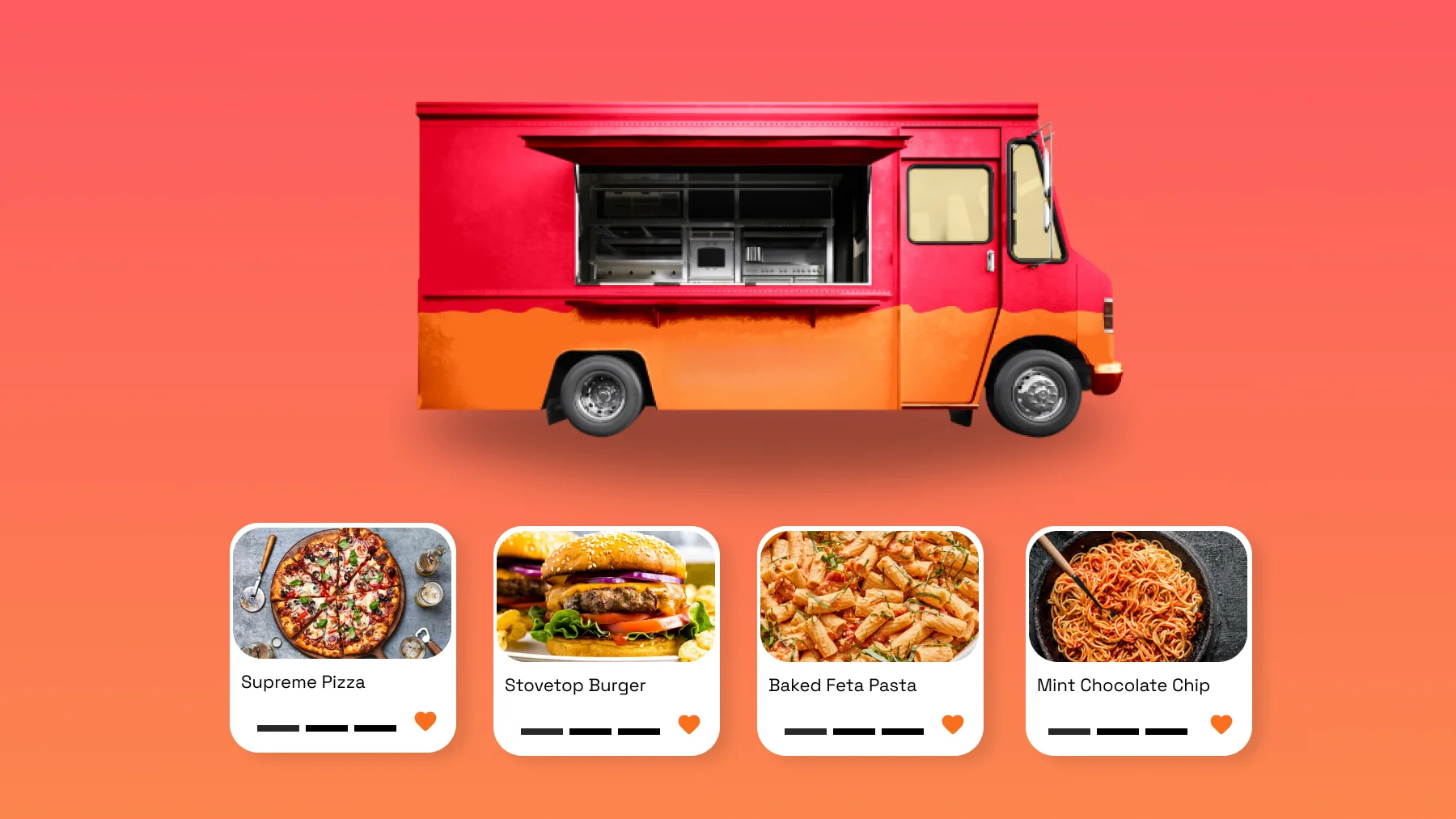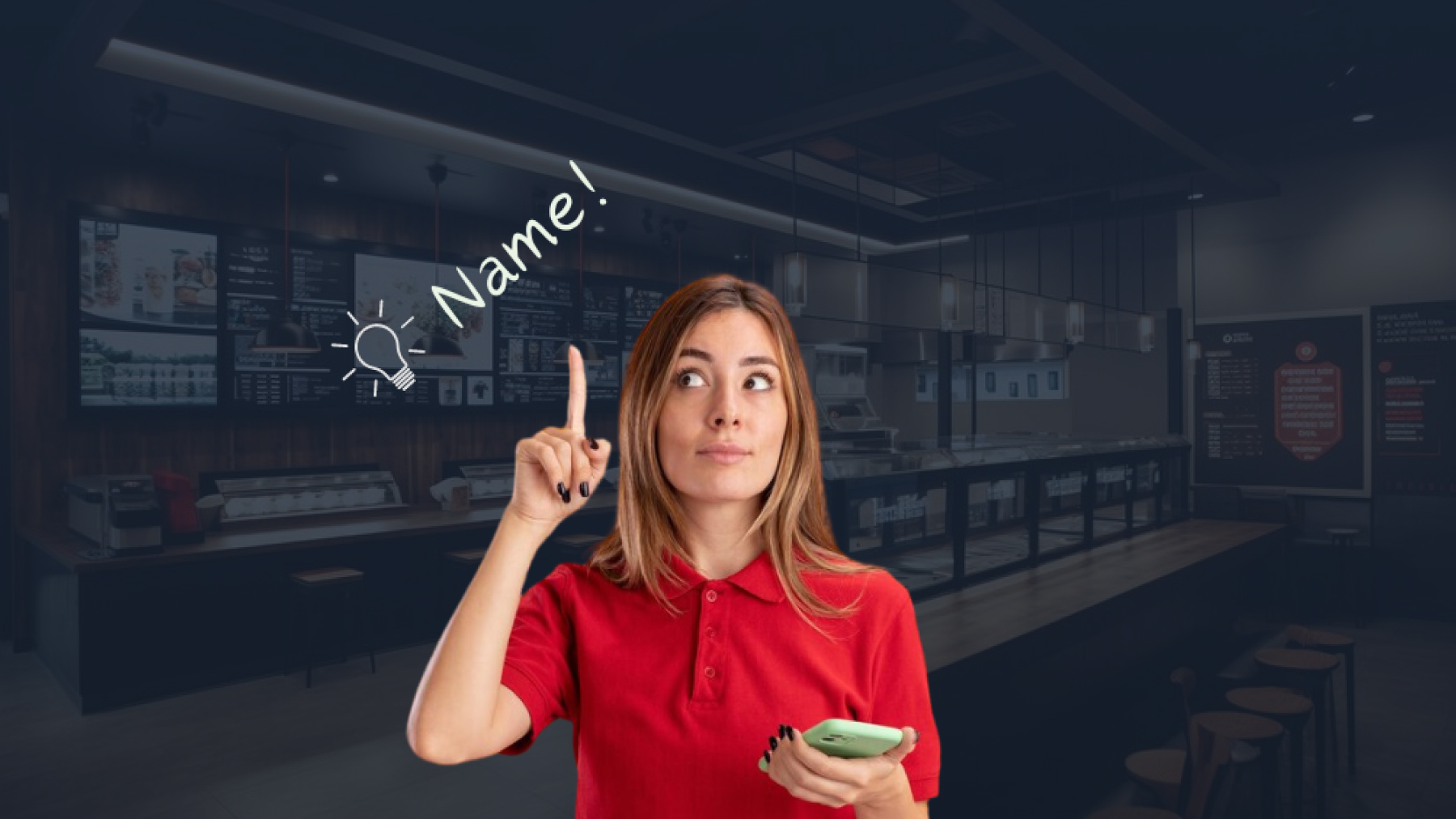The Complete Guide for Limited Service Restaurants
All restaurants can be classified into 2 broad categories:
i) Full- Service Restaurant
They are food establishments with an extensive menu, table service and a team of waiters. They offer meals and appetizers on their premises for immediate consumption. Some full service restaurants also offer a takeout service. Today, they constitute 47% of the total commercial food service.
ii) Limited Service Restaurant
These are food establishments where customers make order choices and pay before eating. They can consume the food and beverage on the premises, take away the packed order or also get the food delivered at their doorstep.
The Four Categories Within LSR Type Food Establishments Are:
It is also called quick service restaurants. Food is served in a quick manner and items are available for as low as $1. Examples are McDonald’s, Burger King, Wendy’s, etc.
ii) Pizza Restaurants:
As the name suggests, they serve varieties of pizzas and soft drinks. Examples are Domino’s Pizza, Papa John’s, etc.
iii) Cafes:
Brands like Starbucks, Dunkin Brands, Tim Hortons, Krispy Kreme Doughnuts are all examples of Cafes that also fall under the category of Limited Service Restaurant.
This type combines concepts from the fast-food and full-service casual dining establishments. Food orders are fulfilled quickly and food costs a little more than fast-food restaurants.
Difference Between Full Service and Limited Service Restaurants
Full-Service Restaurants are also known as casual dining restaurants. For a very long time, they dominated the U.S. food industry. Also known as 'sit-down’, they have waiters who deliver the food orders of customers at tables or booths. Such restaurants have a printed food menu.
The following are the characteristics of a Full Service Restaurant:
- Guests are seated comfortably at tables
- They order food from a wide variety of menu items
- Customers pay for the food only after the meal
- They are served throughout their stay in the restaurant
Examples are Olive Garden, Applebee’s, Buffalo Wild Wings, Chili’s, etc.
Limited Service Restaurants in the US account for more than $200 billion dollars. This is nearly half of the total restaurant industry sales. They account for almost 53% of the total commercial foodservice industry.
The following are the characteristics of a Limited Service Restaurant:
- It provides partial service to customers
- Guests take the initiative to place an order – They select from a menu and place the order at a counter
- Money is paid in advance
- Food can be consumed on-premises or taken away
- Things do not transpire at a table after guests are comfortably seated
- Customers prefer a Limited Service Restaurant to buy prepared-to-order food in a quick manner
Examples are In-N-Out Burger, Firehouse Subs, Chick-fil-A, Jersey Mike’s Subs, The Habit Burger Grill, etc.
Limited Service restaurants are venues that offer customers tasty meals at extremely affordable prices and unbeatable speeds in exchange for self-service.
Recent Research Details
In 2018, the limited-service restaurant enjoyed a greater share of the market (53%) while full-service restaurants occupied only 47% of the share. By 2023, the LSR segment is expected to capture nearly 60% of the total restaurant market domain due to the changing dietary preferences and expansion of product portfolios.
The various segments of the US restaurant market by-product are:
- Burger
- Pizza
- Coffee
- Sandwiches
- Mexican food
- Others
In 2019, the greatest share was held by the burger industry. The second place was held by the pizza segment followed by coffee, sandwiches, Mexican cuisine restaurants and more.
The Global Limited Service Restaurant Market to reach $1.2 trillion by 2027
- Due to the Covid-19 crisis, the global market for LSR in the year 2020 was estimated at USD 897.2 billion. However, by 2027, it is expected to reach a revised size of $1.2 trillion with a growth CAGR of 3.8%.
- Carryout restaurants alone are projected to record a growth CAGR of 4% and touch a value of USD 195.2 billion during the period 2020-2027.
- Drive-In restaurant segment is expected to reach a revised CAGR of 3.6% during 2020-2027.
- The value of the Limited Service Restaurant segment in the U.S. is estimated at USD 242.1 billion in the year 2020 alone.
Why Limited Service Restaurants Must Embrace Online Ordering:
Limited Service Restaurants must evolve and adopt modern technologies like full-service restaurants primarily to meet the varied needs and demands of customers. One primary area where automation can be adopted is online ordering and door delivery. Consumers have already expressed a strong desire to be provided with online ordering and delivery services which will encourage them to patronize limited-service restaurants in a greater manner.
Due to this new demand from customers, LSRs are trying their hand at it although it is not economically feasible for them. It is highly recommended that limited-service restaurants implement the delivery model in a few select stores, perfect the methodology and later expand the service to other outlets as well.
With online ordering, limited service restaurants can also capture segments that they struggled to in earlier days. With millennials (people aged between 19 and 34) becoming the largest generation in America, they are the decision makers and are financially empowered to decide the fortune of any business. Thus, taking the smartphone route is probably the answer for survival and growth.
Online ordering applications along with loyalty programs and special offers will motivate customers to prefer limited-service restaurants with greater fervor. The only thing to be remembered is to keep the technology flawless and user-friendly for a greater number of users to embrace it.
Limited-service restaurants must connect web services to POS systems so that services are efficiently rendered and customer satisfaction is achieved.
Must-have Technology for a LSR:
In a Limited-Service restaurant, the contact between the staff and customers happens only twice – once when the order is being placed and second when the payment is made. Since contact is very limited, a limited-service restaurant must take additional caution to ensure that every customer touchpoint is smooth and hassle-free. Technology can be of great assistance in this regard. The following are the must-have technologies for a limited-service restaurant.
i) POS/EPOS System:
A Point-Of-Sale system will act as the pivot for all the transactions of the business. Payments can be instantly processed using a POS system. The order ticket is sent out with a few simple digital steps. If the POS system is advanced, the inventory management and sales reports will also be generated by it for greater convenience.
ii) Payment Processing Software:
With a software system for payment processing, a Limited Service restaurant can accept all kinds of payments other than cash. This includes Google Pay, Apple Pay, credit card, debit card, mobile wallets and literally, any other digitized payment methods.
iii) Online Ordering Service:
If a limited service restaurant does not use a website, a mobile or a web-based app, then it is definitely missing out on a whole new market with business opportunities. The restaurant must create and maintain a secured, updated, gadget compatible and user-friendly online platform to facilitate people to place online food orders. With quarantine and lockdowns becoming the way of life, online ordering and door delivery are the most opted options for buying food outside. With an online ordering system in place, taking orders over the telephone is avoided, human errors are reduced to a great extent and efficiency is easily achieved.
iv) Kitchen Display System:
This is a great way to connect the teams that work in the front-end and back-end of a Limited Service restaurant. Preparation of the order and delivery to the customer can be accomplished at a lighting speed when the order tickets are sent digitally and displayed in the kitchen. The entire operational flow becomes organized and systematic without staff having to yell orders and create chaos in the kitchen.
v) Online and Digital Menu Board:
Online menus are available either on a restaurant website or mobile app while digital menu boards are the ones placed inside the restaurant premises. Using an online menu or a digital menu board is easier as updating information based on recipe availability or price change is extremely easy and quick. On a handheld physical menu, changes look awkward and make the menu messy.
vi) Kiosks:
Two or three self-ordering kiosks can be placed inside the limited-service restaurant for customers. People who are not technically proficient can be provided other options like the conventional counters. Customers must be made to understand that using a kiosk is as easy as placing an online order. This way, they will not find it intimidating to use a kiosk to place orders at the restaurant.
vii) Customer-facing Display:
This is a must-have technology for a Limited Service restaurant. This kind of technology is especially useful if the LSR has a drive-through service. This display provides an illusion of a walk-in dining experience. It also enables customers to check their orders for accuracy before completing the transaction. It is also useful in creating customer comfort and confidence towards the brand.
Thus, a limited service restaurant that has embraced technology can definitely fare better in the business as customers are increasingly resorting to and acknowledging user-friendly digital methods of dining and food ordering options. Restaurantify- A restaurant website designer, can assist not only limited-service, but also full-service restaurants with all their digital needs like professional website and mobile app creation.
LATEST BLOG POST
What Is Happy Hour? 10 Foolproof Ways to Make Your Happy Hour Successful
ShareTweetSharePin0 Shares
What does a hostess do at a restaurant? Duties And Responsibilities
ShareTweetSharePin0 Shares
200 + Cafe Name Ideas That Will Make Your Business Stand Out
ShareTweetSharePin0 Shares
How to Craft an Effective Restaurant Mission Statement: A Step-by-Step Guide
ShareTweetSharePin11 Shares
How to Create Food Truck Business Plan? Complete Guide
ShareTweetSharePin11 Shares
How to Choose the Right Restaurant Name (+ 190 Great Ideas & Examples)
ShareTweetSharePin11 Shares
